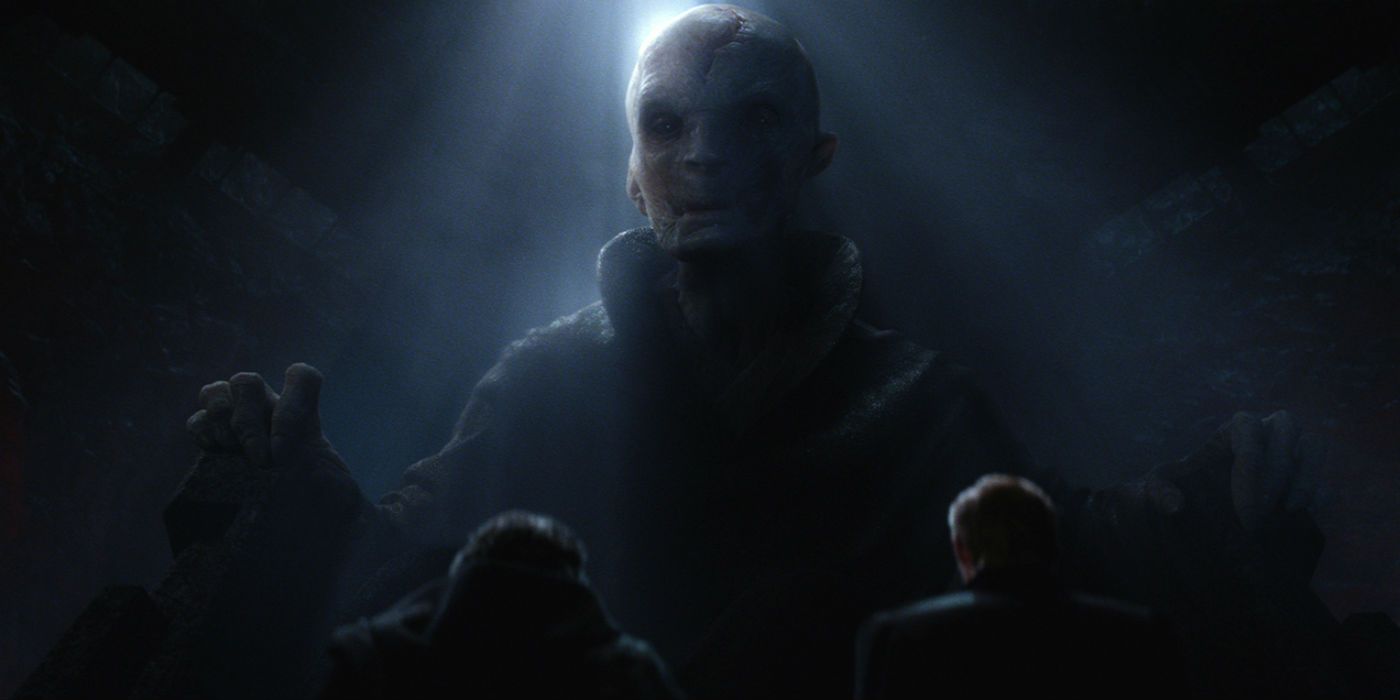Many fans see Palpatine's return to the Star Wars sequels as a questionable choice, especially since Star Wars: Episode IX - The Rise of Skywalker provides little context for his survival. However, there have since been many in-depth (and convoluted) explanations for Palpatine's return, and they reveal that he was one of many clones to be found on the Sith planet of Exegol.
The novelization for The Rise of Skywalker confirmed that Palpatine was indeed a clone; but unlike the Clone Troopers of the prequel era, his original soul was possessing a crude body. While the solution was far from ideal for the Sith Lord, it was the best he came up with in his weakened state. Although, that doesn't mean he was content with survival alone, as Palpatine had his servants work tirelessly to create a new body, and it led to numerous copies being created.
Palpatine's Clone Facility Was Crude
The question of what counts as a Palpatine clone is a confusing one, as only the body he possessed had his recognizable face. All the clones seen floating in tanks look vastly different, and of course, Rey's father and Snoke have no features resembling Palpatine. Because of this, it's assumed that a single one-to-one recreation of Palpatine existed, whereas the others all had mutations or were failed experiments.
Yet, Palpatine opens The Rise of Skywalker by claiming he was Snoke and that he's been influencing the galaxy for a long time through this puppet -- which confuses things further. But this has since been explained; the canon reference guide The Star Wars Book describes Snoke as a Strand-Cast, a type of clone that's a genetically engineered hybrid of different DNA.
Strand-Cast's Were Palpatine's Puppets
With Palpatine's clone body decaying over time, he needed a genetically altered clone that could withstand holding his soul for longer. And so the Strand-Casts were introduced, experiments that combined Palpatine's DNA with different species to try to design the perfect body. And while most were failed attempts and immediately killed, Palpatine saw use for some of the creations -- including Snoke.
Despite Snoke's deformities, he managed to survive the cloning process and proved to be a perfect puppet for Palpatine. And around the same time, there was yet another successful creation: Rey's father. This clone was one of the most healthy and intelligent (although was still not strong enough for Palpatine's soul to possess). Nevertheless, he was kept alive long enough to make an escape and have Rey as a daughter.
In the end, Rey's father and Snoke are the only two notable clones who survived. However, it's said that the cloning process was constantly ongoing and that multiple others were created as backups. Even in The Rise of Skywalker, Snoke clones can be seen floating in tanks, and most of these were alive, meaning many were kept in stasis or possibly used as slaves. And so, there was only a single identical Palpatine clone, but numerous altered clones over the entire Sith headquarters.



